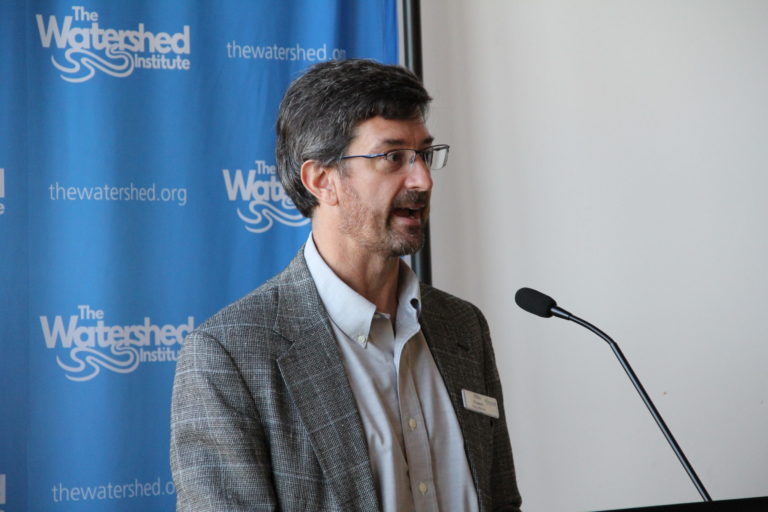The Watershed Institute offers a strategic hub to learn about the benefits, tools, and examples of green infrastructure — including rain gardens, vegetative filter strips, green roofs, and other features — in our central New Jersey communities. We invite you to learn about the Watershed’s advocacy efforts and explore some projects that our scientists and other professionals have designed and implemented in local towns and cities. Our Watershed scientists have created plans in 16 towns to assess impervious cover with funding from state and federal governments.
Flooding has become an urgent problem, with many communities experiencing significant problems as more intense and frequent rainstorms carry polluted stormwater into waterways. More residents, towns, cities, schools, and businesses are adding green infrastructure to help them manage polluted stormwater runoff. Please explore the tabs and links below!






















